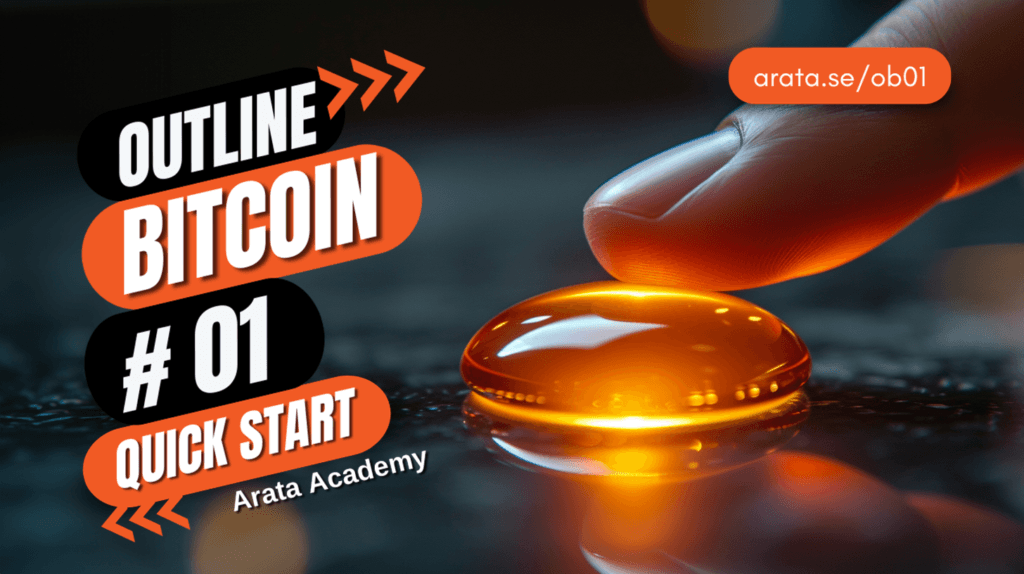
Friends, this is a quick setup page designed to provide the basics needed to make a bitcoin transaction.
You will need:
1 – A source to acquire bitcoins.
2 – A “wallet” app to send and receive bitcoins.
3 – An interest in continually learning, as this is just a basic guide (I’ll make more later).
1 – Acquiring bitcoin
One of the best ways is to work and receive bitcoins as payment. If you provide services or sell products, consider accepting bitcoins for your work.
However, if you’ve reached this page, you’re likely looking for a quicker solution. Depending on your location, there are various fast methods available today:
1.1 – NoOnes
NoOnes is a global peer-to-peer financial market that provides a platform where users can trade bitcoin directly with each other. NoOnes allows buying bitcoins using a variety of payment methods, including bank transfers and online wallets.
1.2 – Paxful
Similar to NoOnes, Paxful offers a peer-to-peer marketplace that supports many payment methods.
1.3 – Bitso
Especially popular in its local regions, Bitso supports various local currencies. It is one of the leading exchanges in its region and is very user-friendly for beginners.
1.4 – Buda
Operating in several countries, Buda allows buying bitcoin with local currencies. It is known for its easy-to-use platform and good customer support.
1.5 – SatoshiTango
Available in multiple regions, SatoshiTango offers several payment options to buy bitcoin, accessible for users with local currencies.
1.6 – Kraken
Kraken provides a robust platform for trading between bitcoin and major global currencies. It is known for its strong security measures and low transaction fees.
1.7 – Bit2Me
Based in Europe, Bit2Me supports direct purchases of bitcoin with major global currencies and provides an easy entry point for native speakers across Europe.
1.8 – CryptoMKT
Operating in several countries, CryptoMKT allows users to buy bitcoin with local currencies, focusing on secure transactions.
2 – Withdrawing to Your Wallet
Now that you’ve purchased bitcoins (or more precisely, fractions of bitcoin called “sats” or “satoshis”), you need to withdraw them to use in your own wallet.
If you used a system that makes direct delivery to your wallet, such as LocalBitcoins, this is immediate.
Okay, what wallet to use? There is a learning curve, and it’s interesting to start with something simple and easy.
A user-friendly mobile wallet is called Wallet of Satoshi. Besides this, there are also Blink for mobile and Coinos and Alby for desktop.
Through your wallet, you can receive new bitcoins (for instance, if you offer services or as donations if you are a content producer) and also send bitcoins.
3 – Interest in Continuing Learning
All these solutions are easy to use immediately, but are not suitable for long-term storage. They serve as a first step for you to continue learning about more complex solutions later.
You can send text messages along with bitcoin. I prefer, obviously, to receive messages via bitcoin rather than other forms. Try sending some satoshis with the ASK tool:
The more you use it, the more you’ll understand and also discover new questions and concerns.
Therefore, having the desire to learn and stay updated is fundamental.
But why all this “effort”? Isn’t it more practical to simply use traditional money?
Well, there are several issues with traditional money. To understand more, watch the series “Money Arata” starting with episode 01.